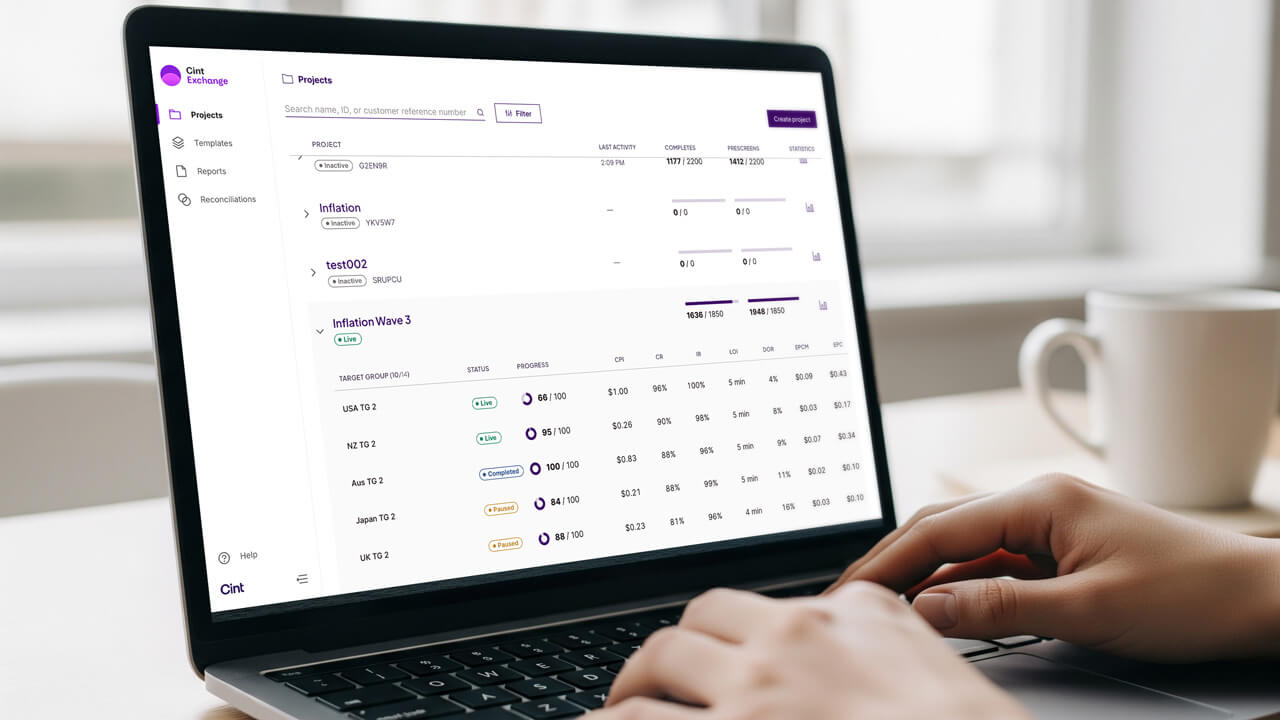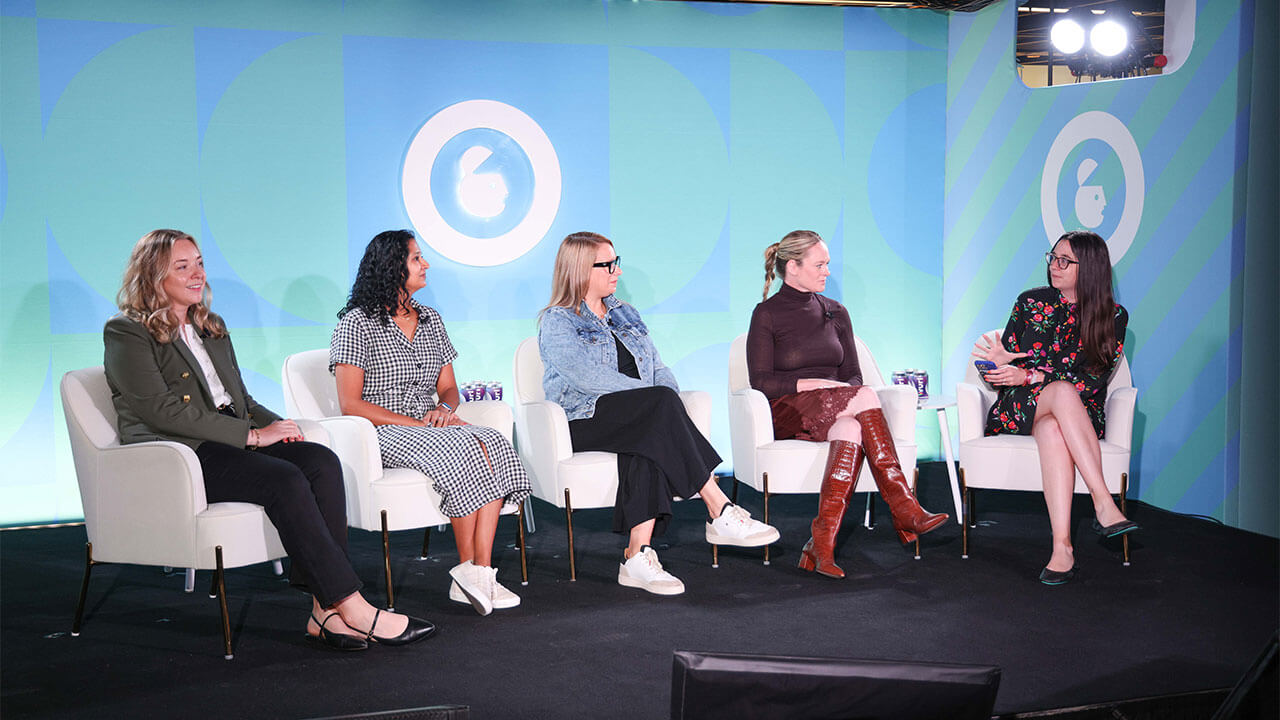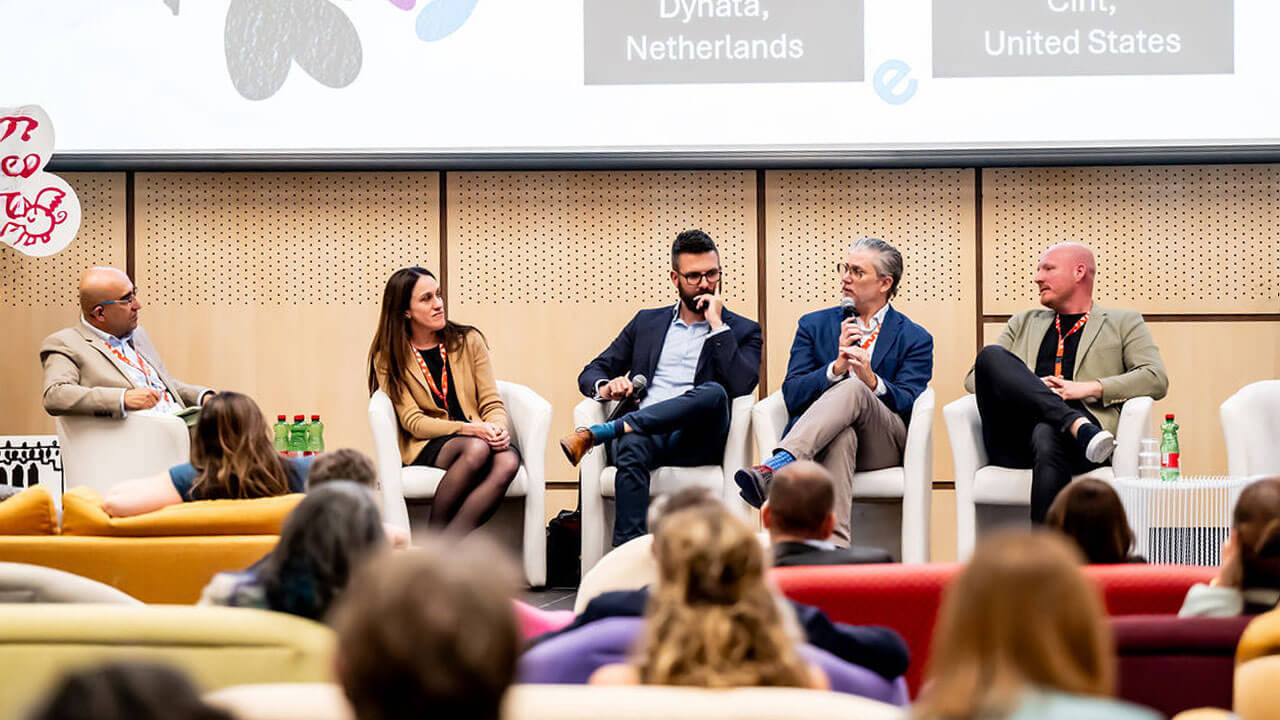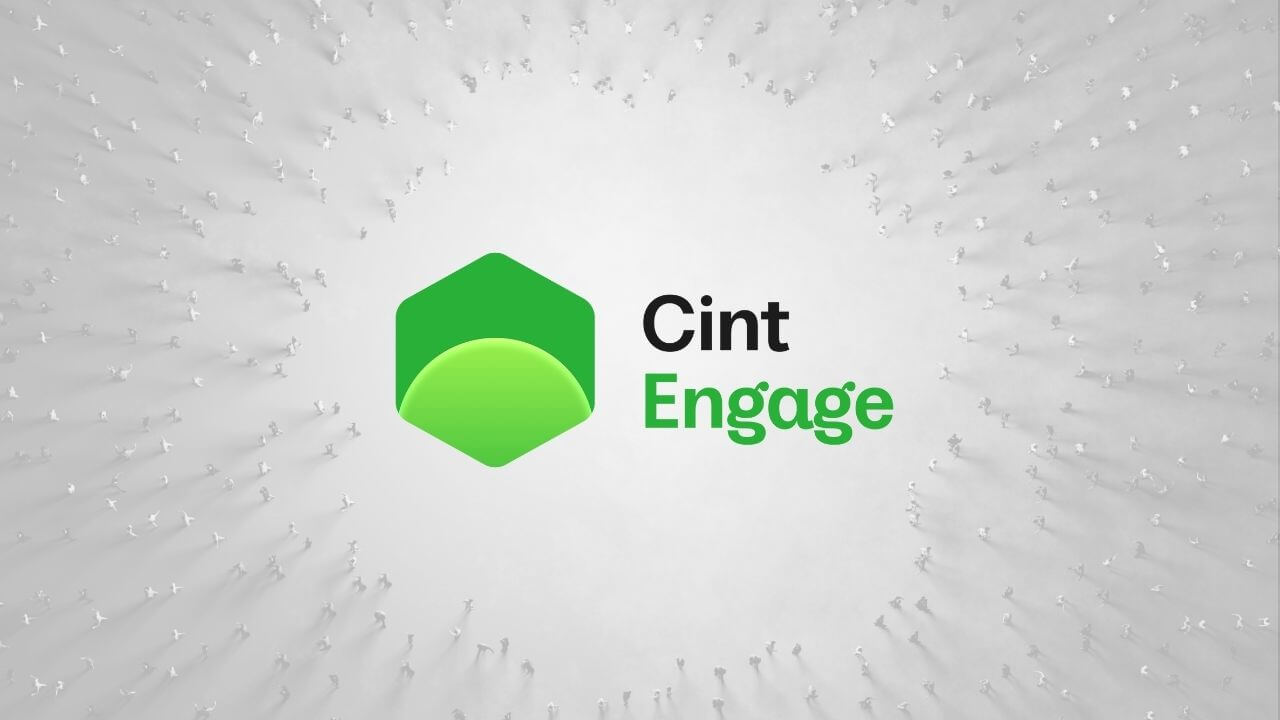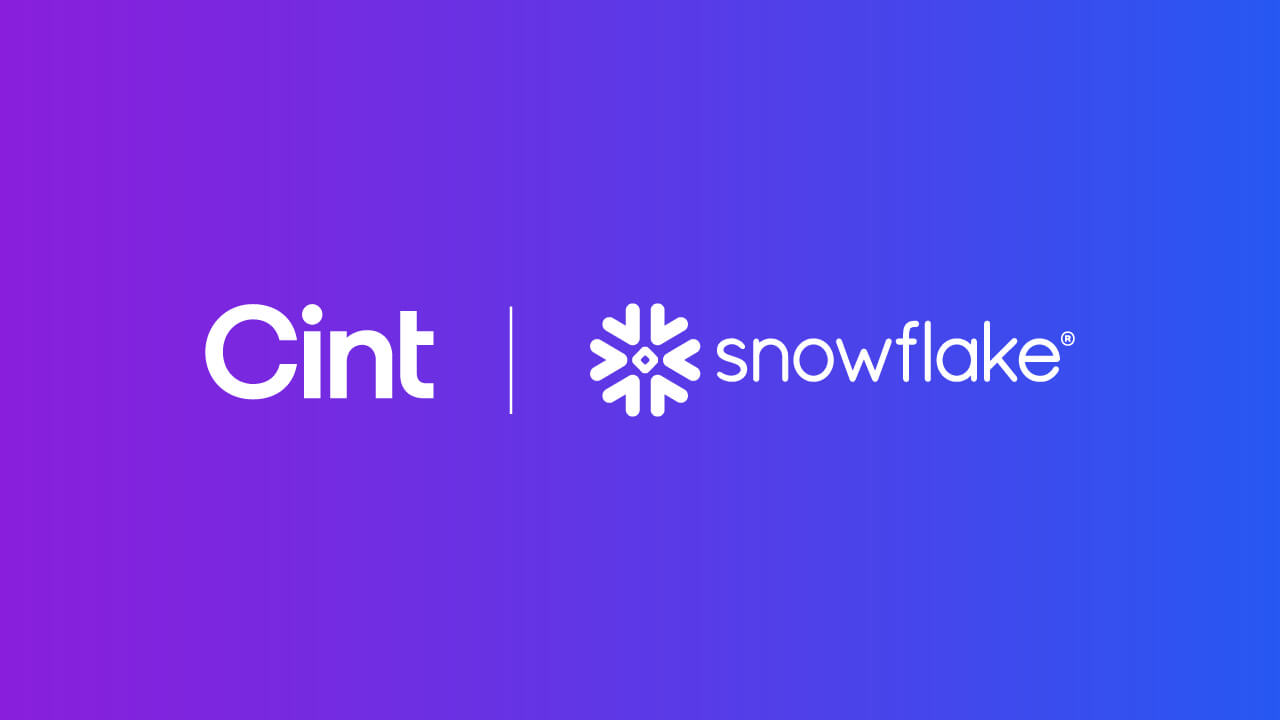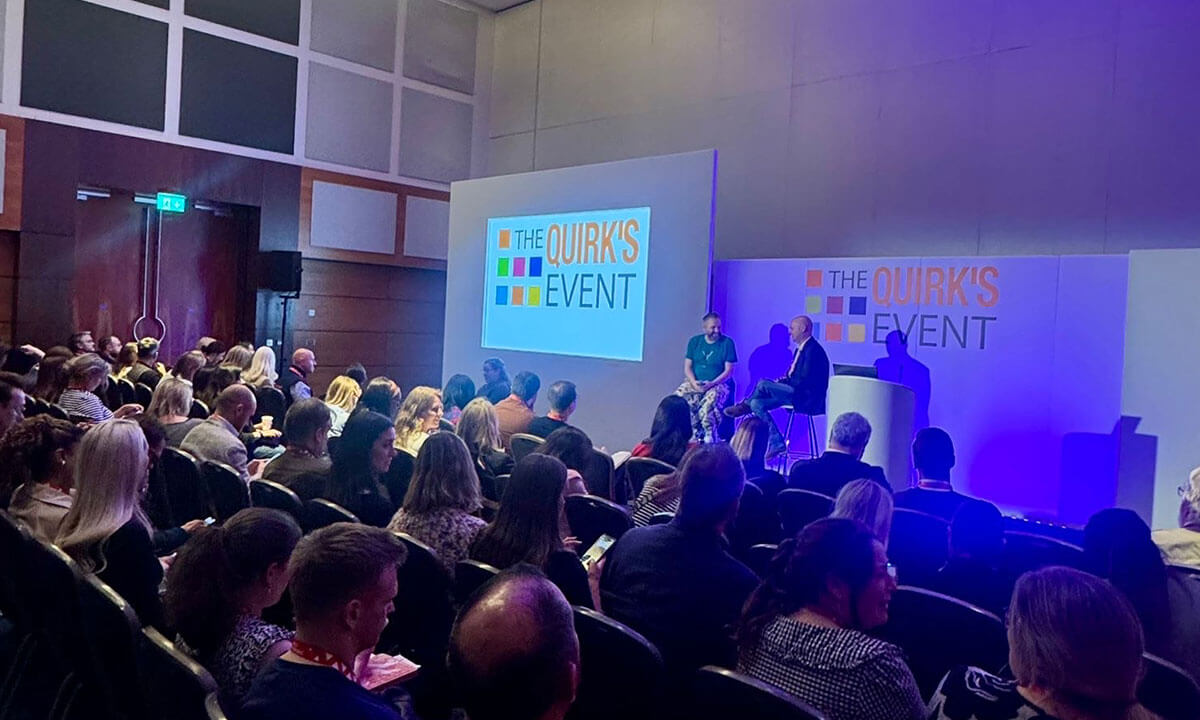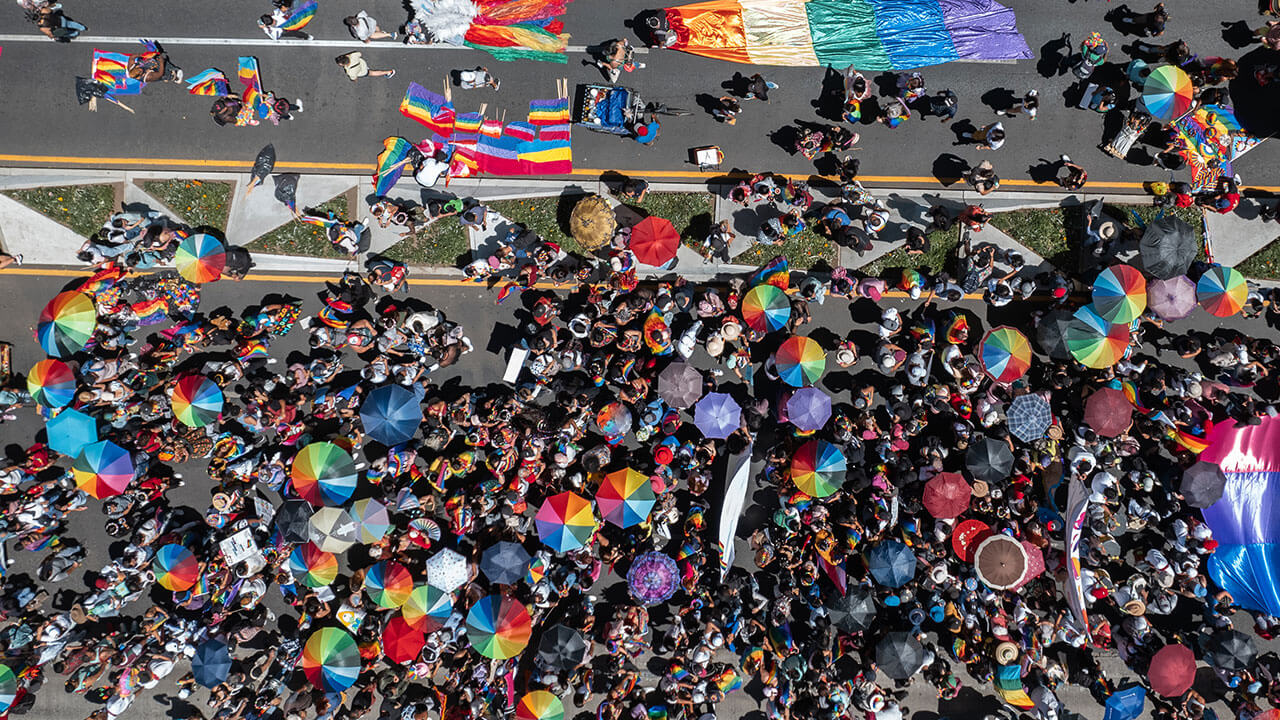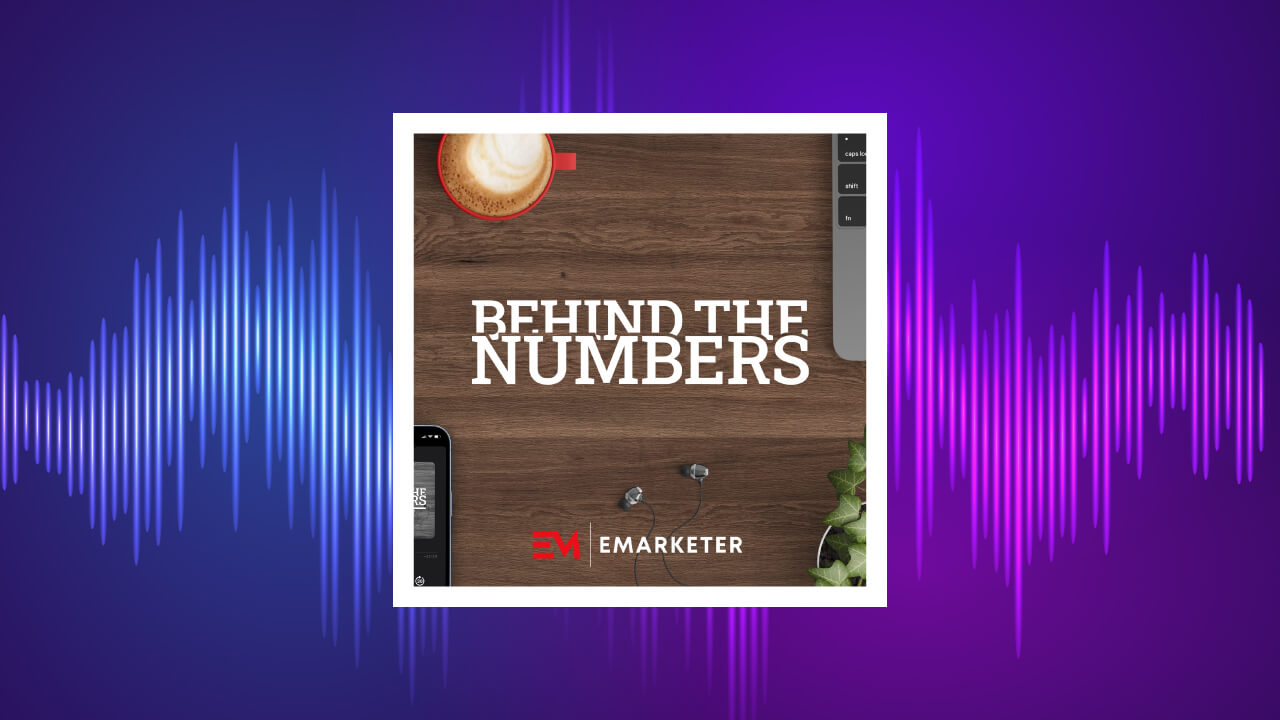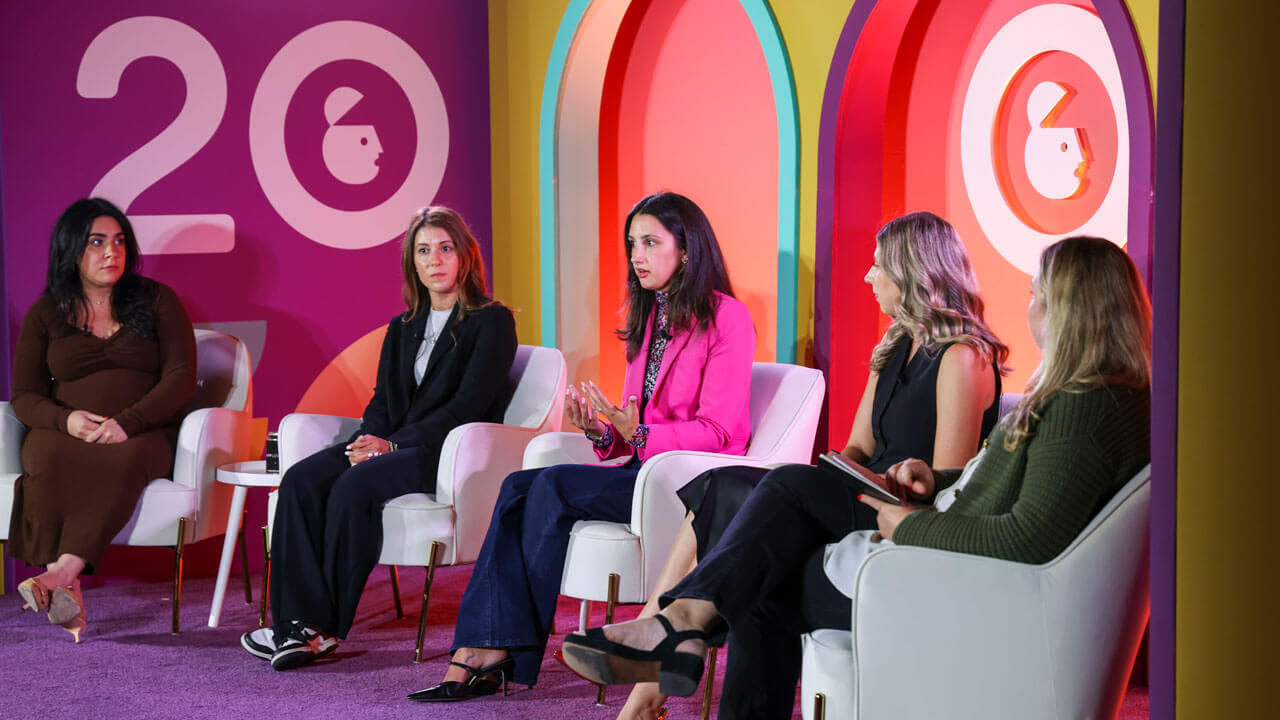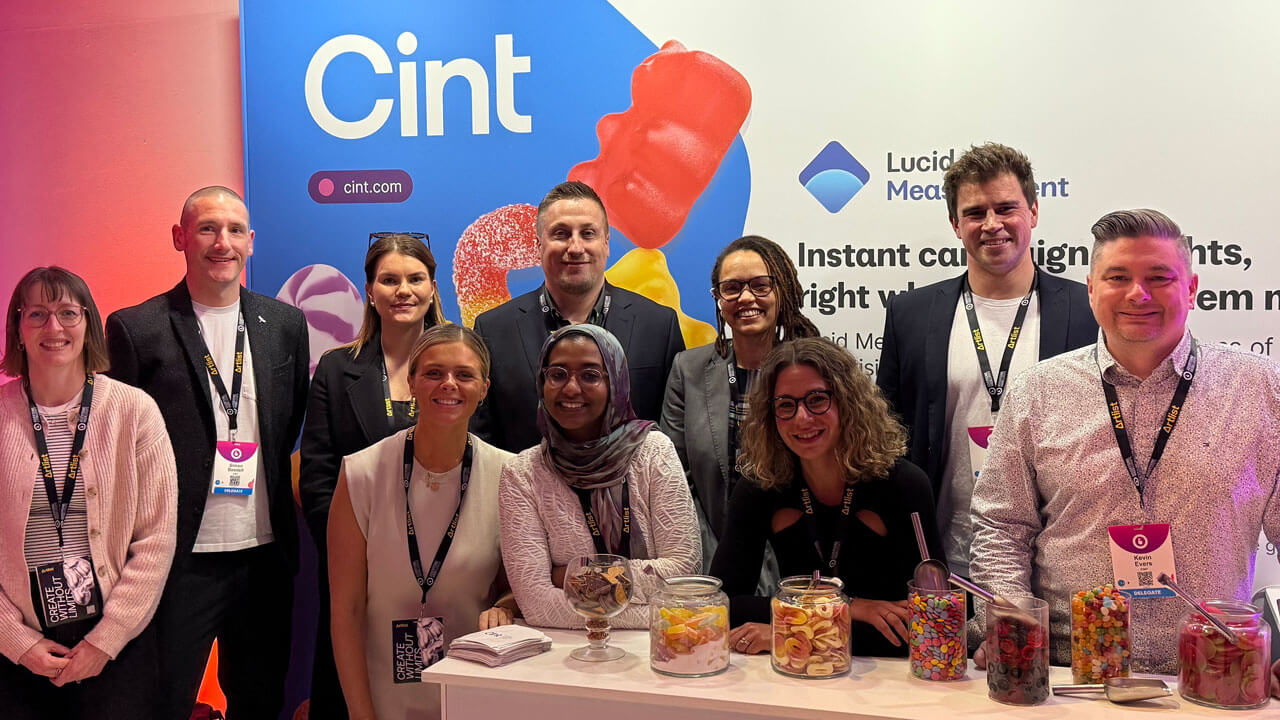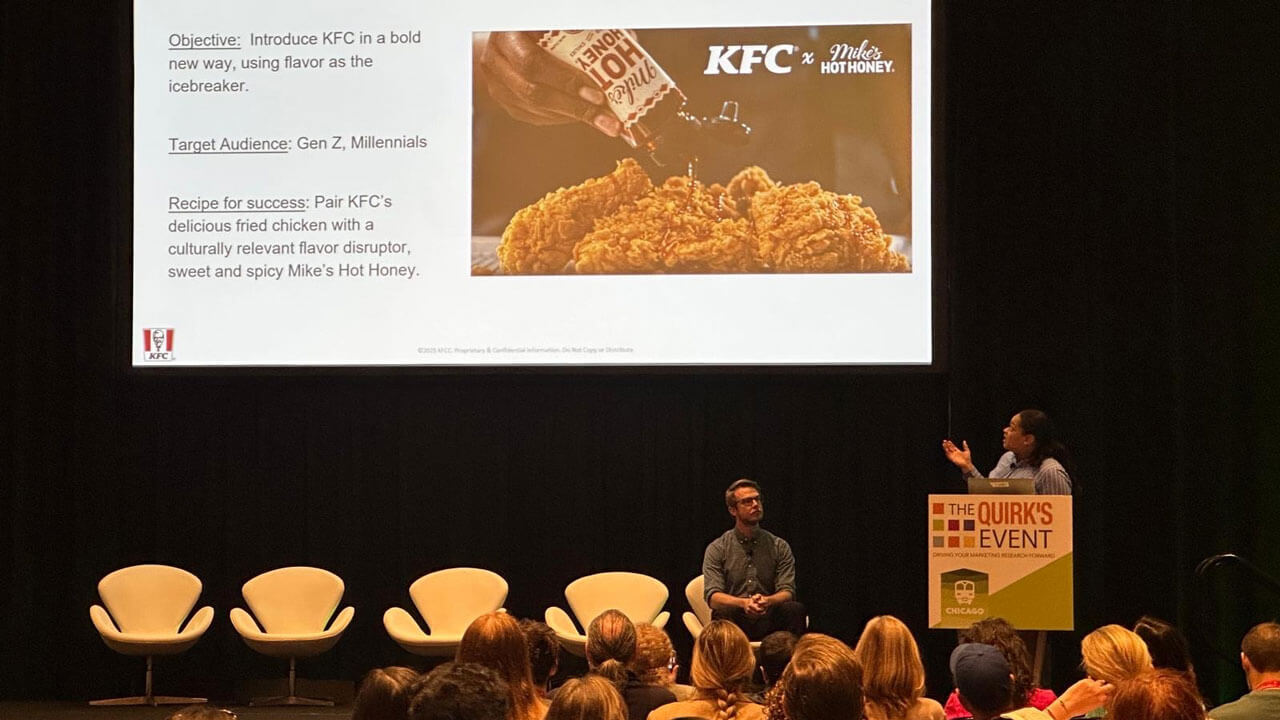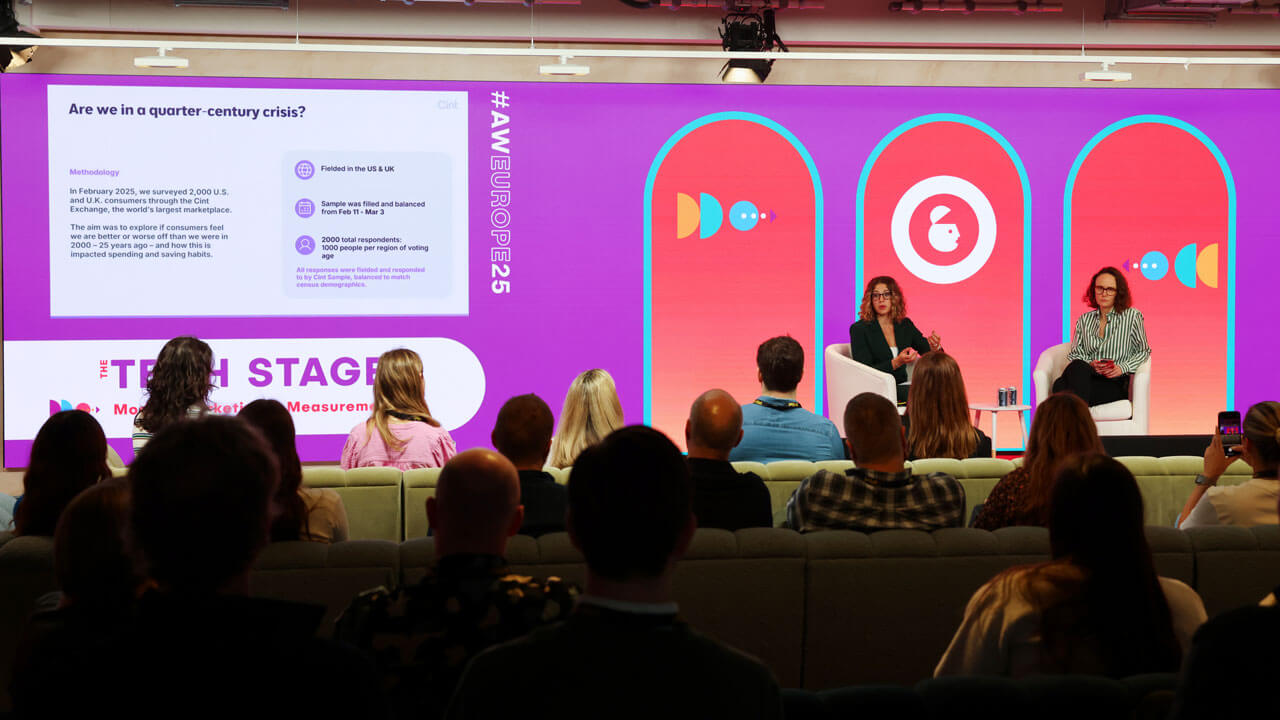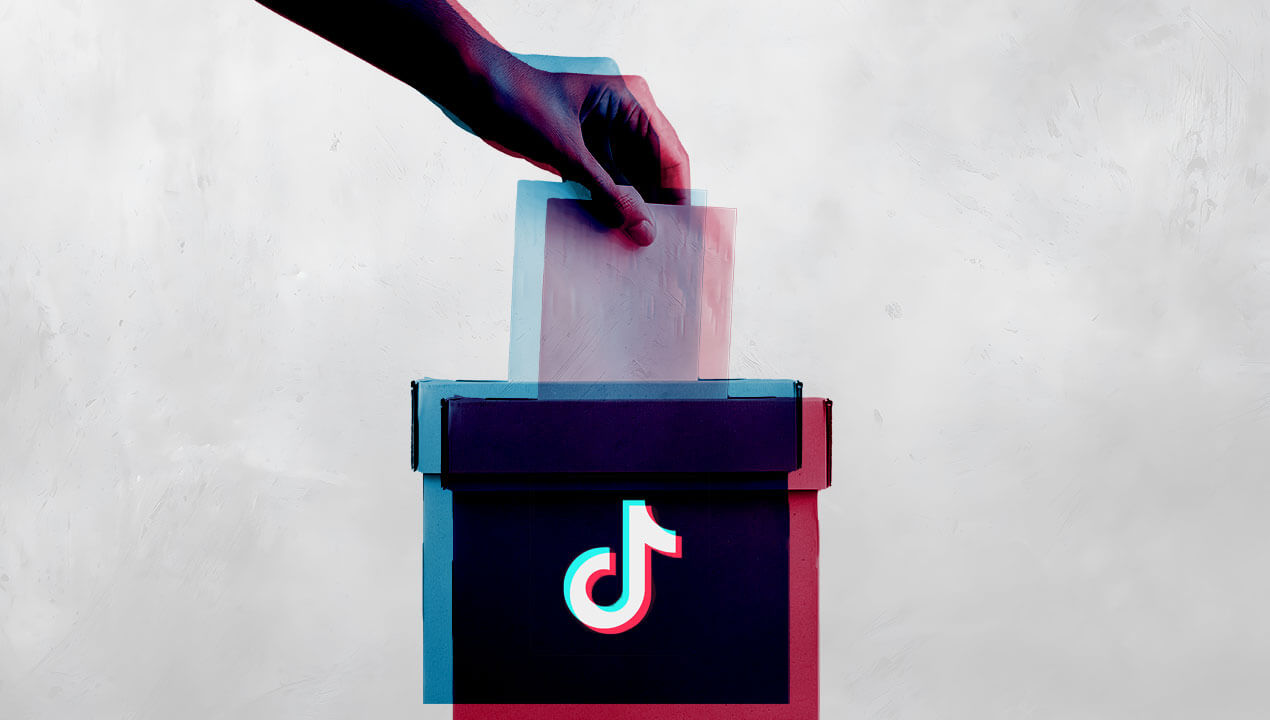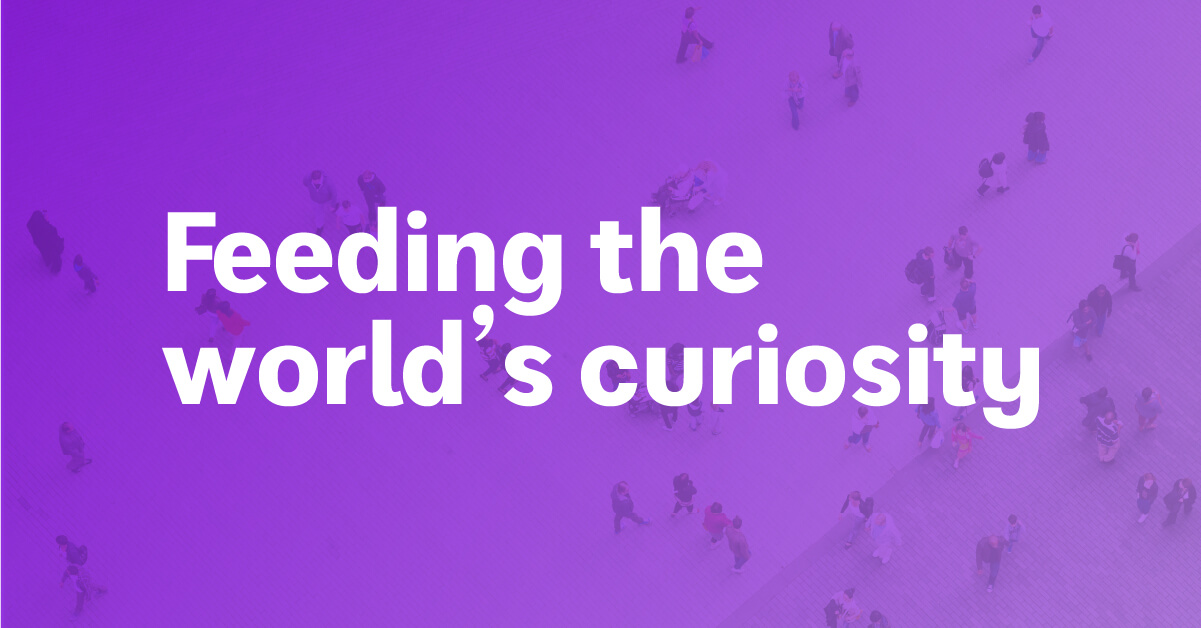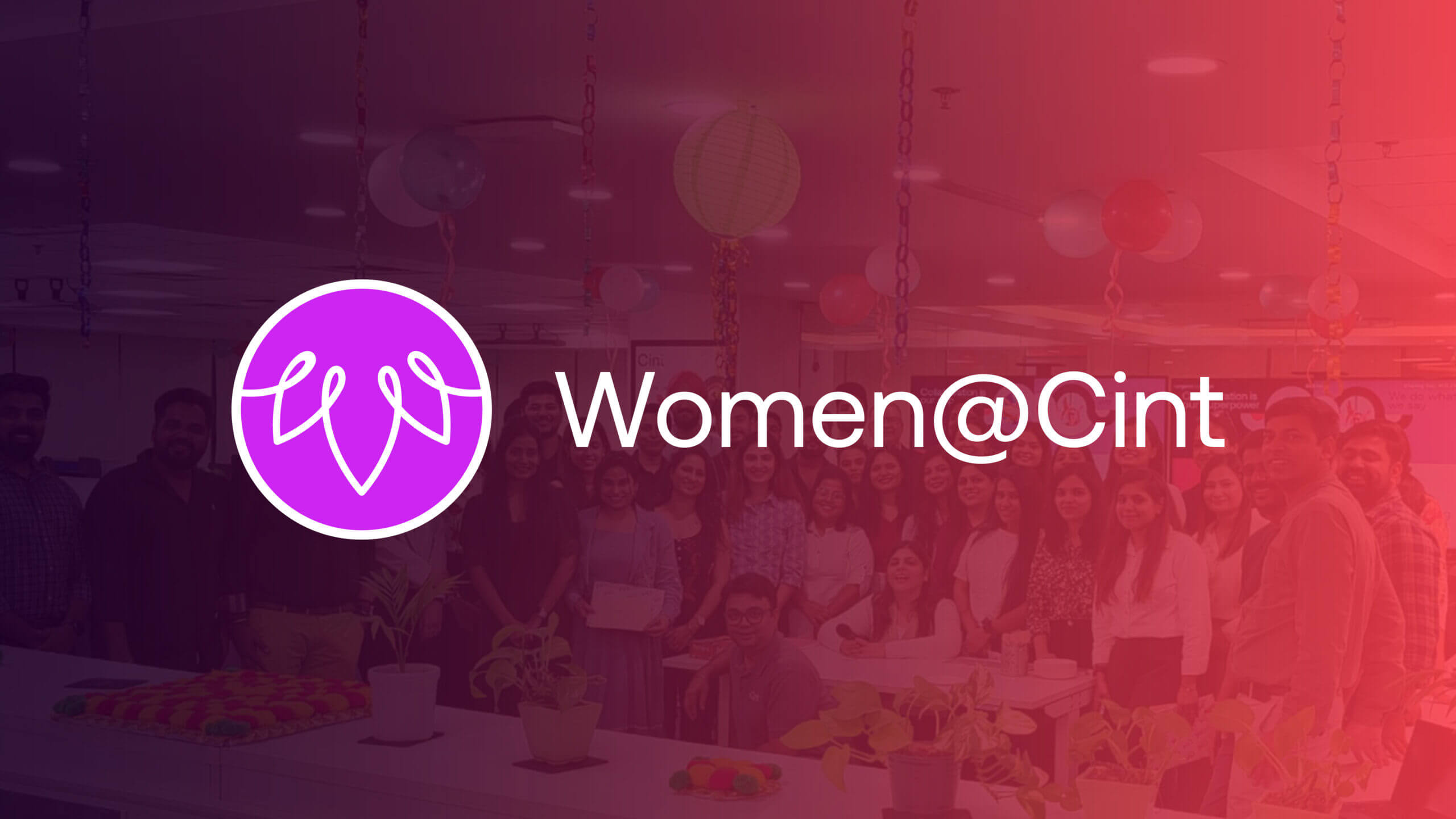Vishal Bhat – Program Manager,Susi Lindner – Vice President, and Sonali Kaushal – Senior Manager at Cint discuss the need to be inclusive in language around gender.
In recent years, society has witnessed a significant shift toward embracing diverse gender identities.
Traditional binary notions of male and female are being challenged, giving rise to a growing understanding and recognition of non-binary, genderqueer, and genderfluid individuals.
As a result of this progressive change, several countries have adopted policies to accommodate the recognition of diverse gender identities – for instance, some nations have implemented legislation allowing individuals to choose a gender-neutral option on official documents, such as passports, providing a crucial step towards inclusivity and respect for individuals’ gender identities.
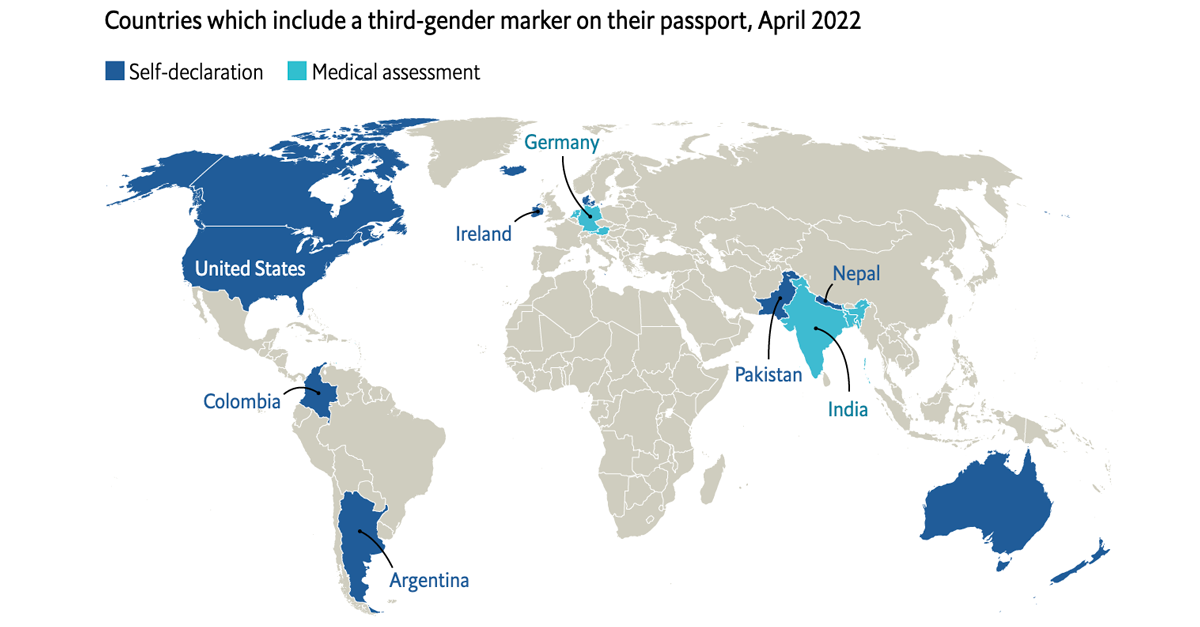
Source: The Economist As we navigate this evolving landscape, we must recognize that language can either bridge gaps or reinforce barriers.
By consciously incorporating gender-inclusive language in our work, we create an environment that values all individual’s unique experiences and perspectives. This, in turn, fosters a deeper understanding of consumer behavior and preferences, leading to more accurate and relevant market insights.
“While the pen may be mighty, it is the words we choose to wield that hold the power to reshape society and create a world where gender inclusivity thrives.”
This article delves into the importance of gender inclusivity and how it can enhance the effectiveness and relevance of market research efforts.
Gender inclusivity recognizes that gender is a spectrum, encompassing various identities beyond the traditional male-female binary. It acknowledges that individuals may identify as non-binary, genderqueer, agender, or any other gender identity that exists outside the confines of the binary construct. Gender inclusivity aims to create a safe and inclusive environment where all individuals, regardless of their gender identity, feel seen, heard, and respected.
At Cint, we have taken a proactive approach to promote gender inclusivity by collaborating with other industry experts and institutions, like ESOMAR. As part of this effort, we have recently updated our Gender Qualification criteria on all our platforms for different languages and countries, including Australia, Canada, France, Germany, the United Kingdom, and the United States.
This revision reflects our dedication to adhering to ESOMAR’s recommendation and underscores our commitment to fostering gender inclusivity in research.
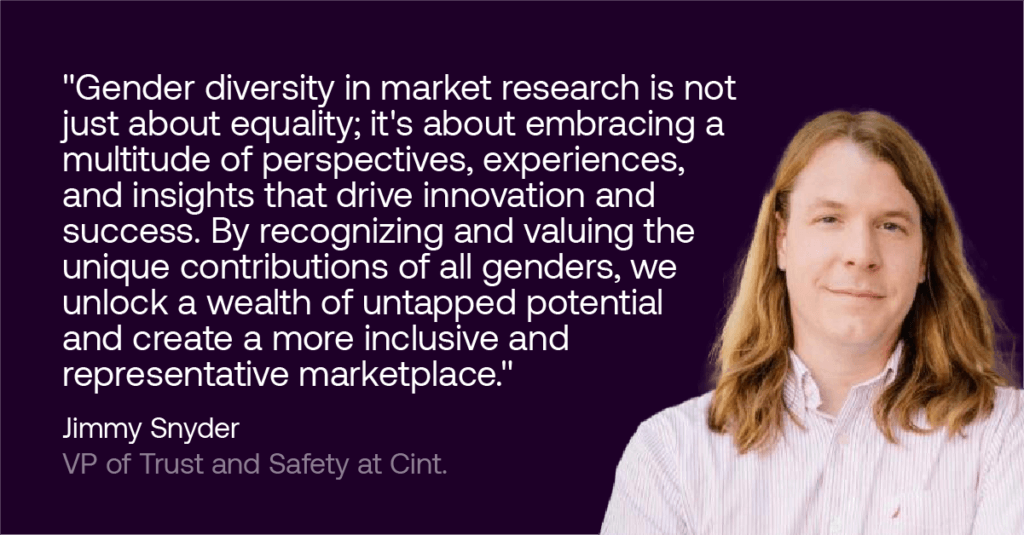
The power of gender inclusivity in market research
Accurate Representation: Revisiting your survey design and updating it to be gender inclusive will enable you to capture more data and reflect the diversity within societies.
By recognizing and valuing the experiences and opinions of all individuals, regardless of their gender identity, market researchers can gather a comprehensive understanding of consumer behavior, preferences, and trends.
This inclusive approach helps avoid overlooking valuable insights and ensures an accurate representation of the target audience, including those who identify beyond the traditional binary genders. Incorporating gender inclusivity in market research is essential to ensure a more accurate and holistic understanding of the complex and diverse perspectives that exist in society.
Uncovering Niche Markets: Gender inclusivity facilitates the discovery of niche markets that were previously overlooked. By acknowledging the diverse identities and needs of individuals, businesses can identify market segments that have been overlooked. This knowledge enables companies to tailor their products, services, and marketing strategies to cater to these unique consumer groups, leading to increased customer satisfaction and business growth.
Building Brand Authenticity: Incorporating gender inclusivity in market research demonstrates a company’s commitment to inclusivity and equality. When businesses actively engage with diverse gender identities and ensure that their marketing efforts are sensitive to the needs of all individuals, they build trust and authenticity. This resonates with consumers who appreciate brands that genuinely understand and represent their values, leading to stronger brand loyalty and positive brand perception.
Innovation and Creativity: By embracing gender inclusivity, market researchers invite fresh perspectives into their work. People who don’t identify as either male or female, often challenge traditional norms and bring unique insights and ideas to the table. Their input can foster innovation, creativity, and out-of-the-box thinking, enabling companies to develop products and services that appeal to a wider range of consumers. Inclusivity sparks creativity and opens doors to new opportunities.
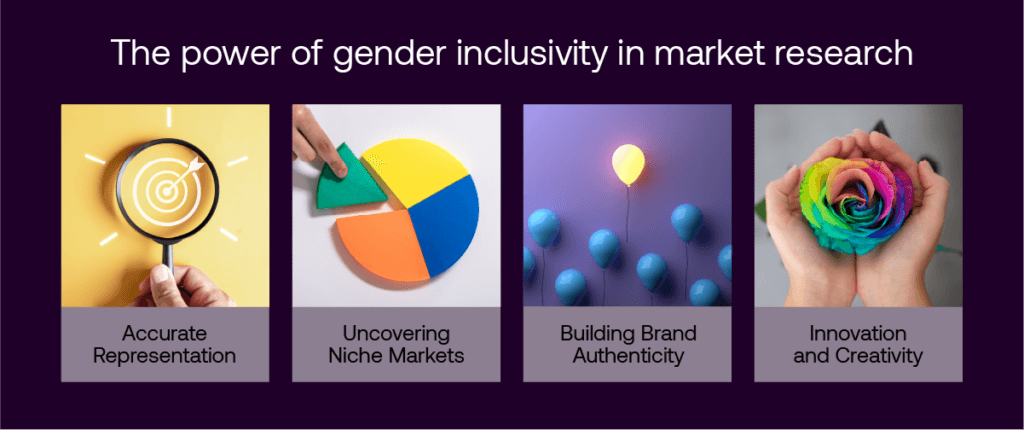
Best practices for gender-inclusive market research
Questionnaire Design: Develop surveys and questionnaires that allow participants to self-identify their gender beyond binary options. Offer write-in options for people to self-identify or utilize inclusive gender categories that capture a diversity of identities.
Sampling Strategies: Ensure that research samples represent a wide range of gender identities proportionate to their prevalence in the target population. Collaboration with LGBTQ+ organizations and communities can aid in reaching a more diverse participant pool.
Language and Communication: Use gender-inclusive language in all research materials, avoiding assumptions or stereotypes related to gender. Provide clear instructions for participants on the purpose of the research and how their input will be utilized.
Sensitivity Training: Creating easily accessible resources and support like for instance sensitivity training will help your team to understand diversity and how to interact with people internally and externally a bit easier.This includes familiarizing themselves with appropriate terminology, understanding the importance of pronouns, and fostering an inclusive environment during interviews or focus group sessions.
Conclusion
Gender inclusivity has the power to transform market research by providing accurate insights and uncovering new opportunities. By embracing diverse gender identities, businesses can tap into the authentic voices and needs of consumers.
However, it is crucial to acknowledge that gender inclusivity is not a one-size-fits-all approach and should be approached with sensitivity to cultural contexts. Different countries and regions have their own unique social norms, beliefs, and values surrounding gender, and market researchers must respect these variations.
By striking a balance between promoting inclusivity and respecting cultural diversity, we can foster positive change while avoiding inadvertently causing harm or offence. With an approach that acknowledges and embraces these cultural differences, gender-inclusive market research can become a powerful tool for global businesses to better understand and serve their diverse customer base.
Ultimately, the goal should be to create a world where everyone’s voices are heard, respected, and valued, regardless of their gender identity or cultural background.




